THE story of Milliner begins in Wexford when Peter Nolan sent Carthanoora, a daughter of Topanoora, to Eoin Banville’s brother of Montjeu, Gold Well. The resulting foal would prove to be Carthanoora’s best sales result when consigned by Peter to the Goffs Land Rover Sale as a three-year-old.
Gold Well was unraced but has produced a high proportion of winners and some top-class ones too, including Galvin and Holywell who won Grade 1s. He is also sire of General Principle, another graduate of the Gigginstown talent pipeline, who has high-class wins, most notably the Irish Grand National and more recently his success at the RDS in the Racehorse to Riding Horse class. (Hint: breeding decisions have long-term implications!)
Staying chaser
The gelding soon to be called Milliner caught the eye of Eddie O’Leary which is praise enough for any budding racehorse. He fitted the mould of a staying chaser in the making and the decision was made to send him to Henry de Bromhead, never a bad career move for a would-be chaser. His career was to be one of achievement tinged with a sense of what might have been.
A successful debut as a five-year-old, followed swiftly by a second-place finish in a Listed novice hurdle raised expectations of great days ahead. However, he had an enforced break of over two years due to a number of setbacks, not enough to derail the project, but taking away his prime years. Nonetheless, he returned to racecourse action as an eight-year-old culminating in his finest hour at the Cheltenham Festival where a fourth placed finish in the ultra-competitive Pertemps Final was to be his swansong.
The next chapter is what these articles are all about. Milliner was not quite in the veteran stage, had shown above-average ability, had few miles on the clock but there was a certain frailty which had caused him to miss his prime time engagements and the advice was that the risk of recurrence was higher than before. Another season off would mean he was a rising-ten-year-old with the nagging doubt that he might not retain his ability, especially steeplechasing.
Reputation of Ireland
This is when Philippa Scott met Milliner, the lucky devil. Philippa’s cousin, Brian Scott, works in Knockeen and was aware of Milliner’s retirement. Brian persuaded Henry de Bromhead to let Miliner have a crack at showing and suggested Philippa could make it happen. The Scotts are a family on which, in kind, the reputation of Ireland as “horse country” rests. Many generations of horse trainers, breeders, riders and educators, they have been involved in racing, point-to-pointing - Philippa’s grandmother was a great trainer but denied the licence on grounds of gender. Philippa’s father, Philip, runs a riding school and successful show team in Barnfield in Co Mayo.
One of their many human graduates is Fergal Birrane, training successfully in Killala. Ireland is truly “horse country” not racing country, show jumping country, hunting country, just horse country.
Philippa tells the story of the transition from racehorse to impressive show horse: “I am a teacher in the high school in Rathgar, so any involvement I have is reliant on my partner, Thomas Coyle, who trains horses in Batterstown, Co Meath, and also my father, who has been so helpful in transitioning Milliner. Milliner is an absolute gent to deal with and has fabulous movement. This helps, but the transition had its challenges.
“We find that the routine of the racehorse takes time to be deprogrammed and we notice many ex-racehorses can be buzzy for a while, so it all takes great patience. Trips on the horsebox can be understood by the horse to be causes for nervous excitement for a while but this eventually changes given time. We are lucky in that Barnfield presents so many options for chilling – quiet country lanes, turnout away from the action, a whole new world for the ex-racehorse. My father was so good in spending time getting him through this phase. He taught him to switch off.
Dressage lessons
“His first outing in a Racehorse to Riding Horse class he was a bit too wound up and maybe needed to see what it was all about. I would suggest that this should be built into the preparation – maybe bring one along to such a show merely to observe the routine, without the stress of being in the show ring. I brought Milliner to some dressage lessons and a dressage competition in Claremorris as part of his reconditioning. Certainly, on the second outing, Milliner was so much better, more relaxed and showing off his undoubted handsomeness.”
Milliner won both the Treo Eile novice class and more recently the Tattersalls Ireland Treo Eile Showing Pathway open class final, where he had to outshine the likes of Sizing John. “He is a gorgeous horse, which obviously helps, but I am convinced that the ex-racehorses have potential to be so many things – some of our own ex-racehorses bear this out.
“Some are hunting, some are being ridden by teenagers, the questionable reputation they once had is disappearing fast and the numbers participating in alternative pursuits is rising rapidly. The more I see of them the better I like them.”
Asked what is next for Milliner, Philippa replied: “I’d love to see if we could be competitive across the water. While there are restrictions around who is eligible, I think it would be a brilliant development if there was a way for Irish based ex-racehorses to compete in RoR classes at, for example, Aintree, which I think is also sponsored by Tattersalls. See what Cheltenham does for the racehorses!
“A bit of international competition would be a great stimulus for the ex-racehorses, too.”
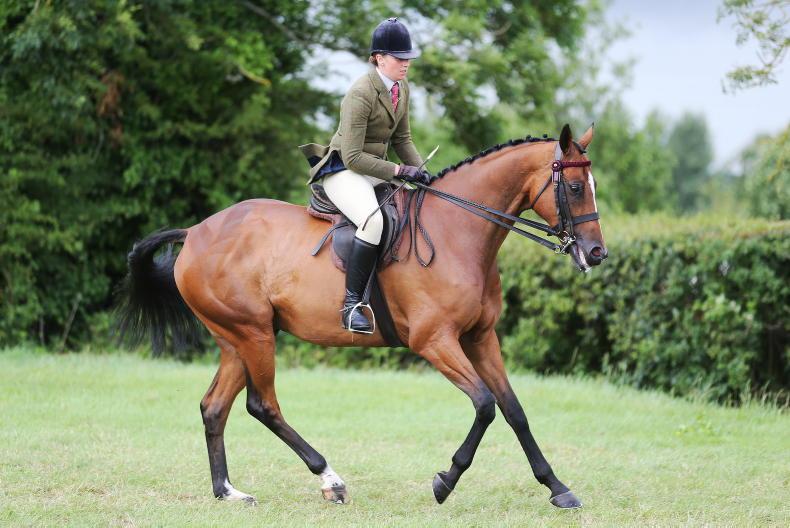

 This is a subscriber-only article
This is a subscriber-only article
 It looks like you're browsing in private mode
It looks like you're browsing in private mode
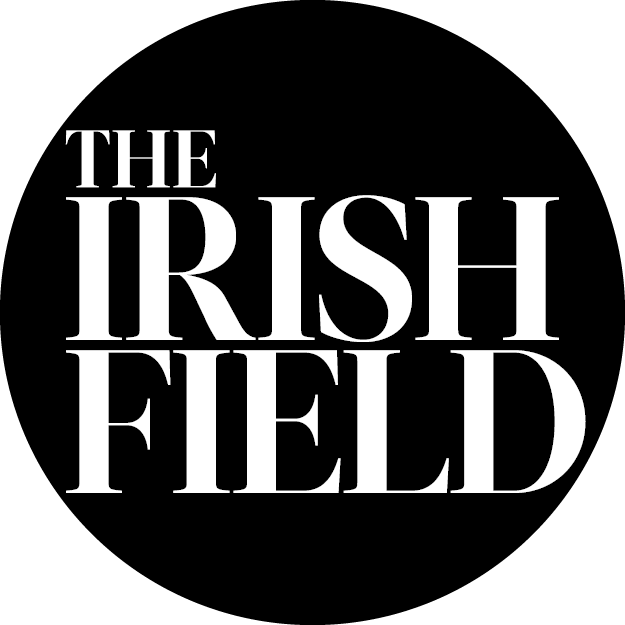



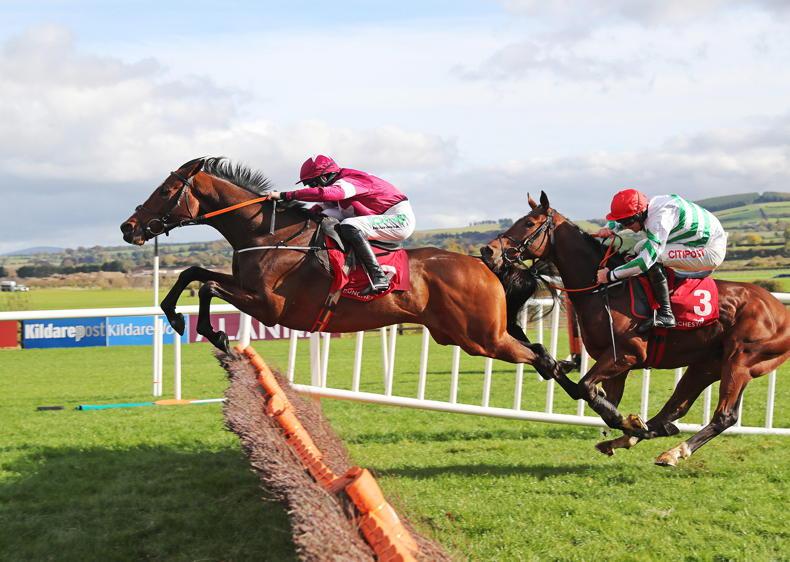



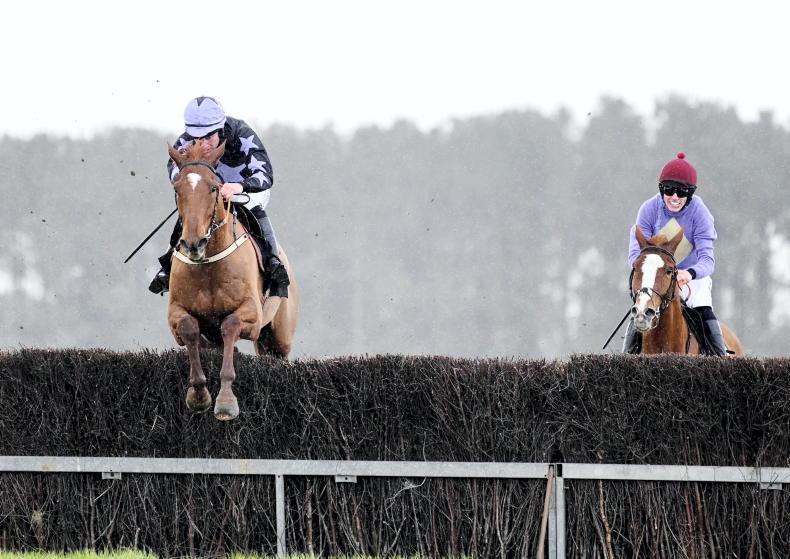

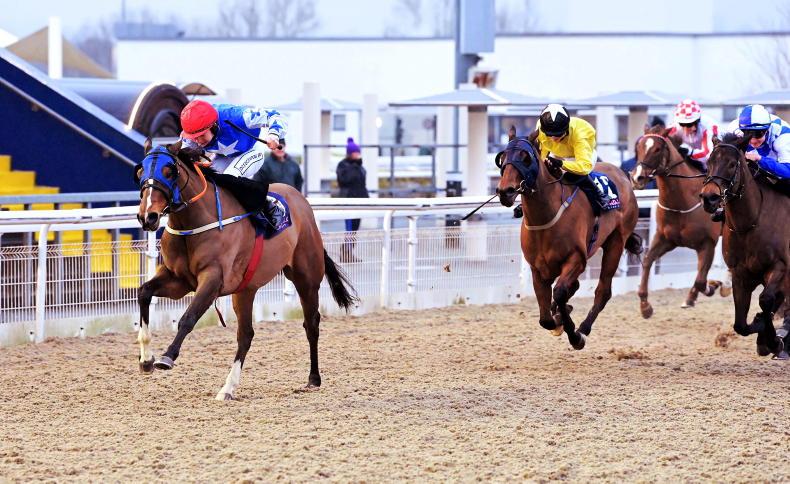
SHARING OPTIONS: